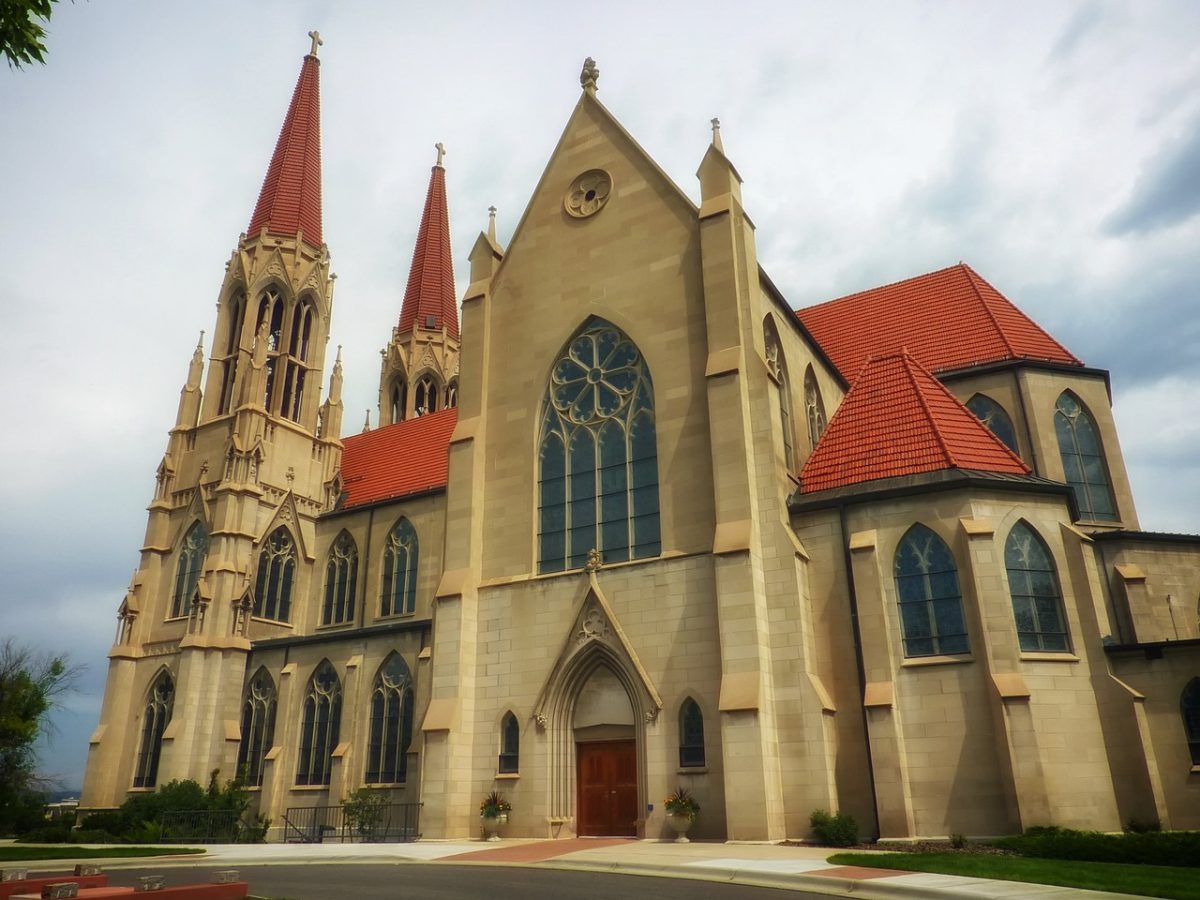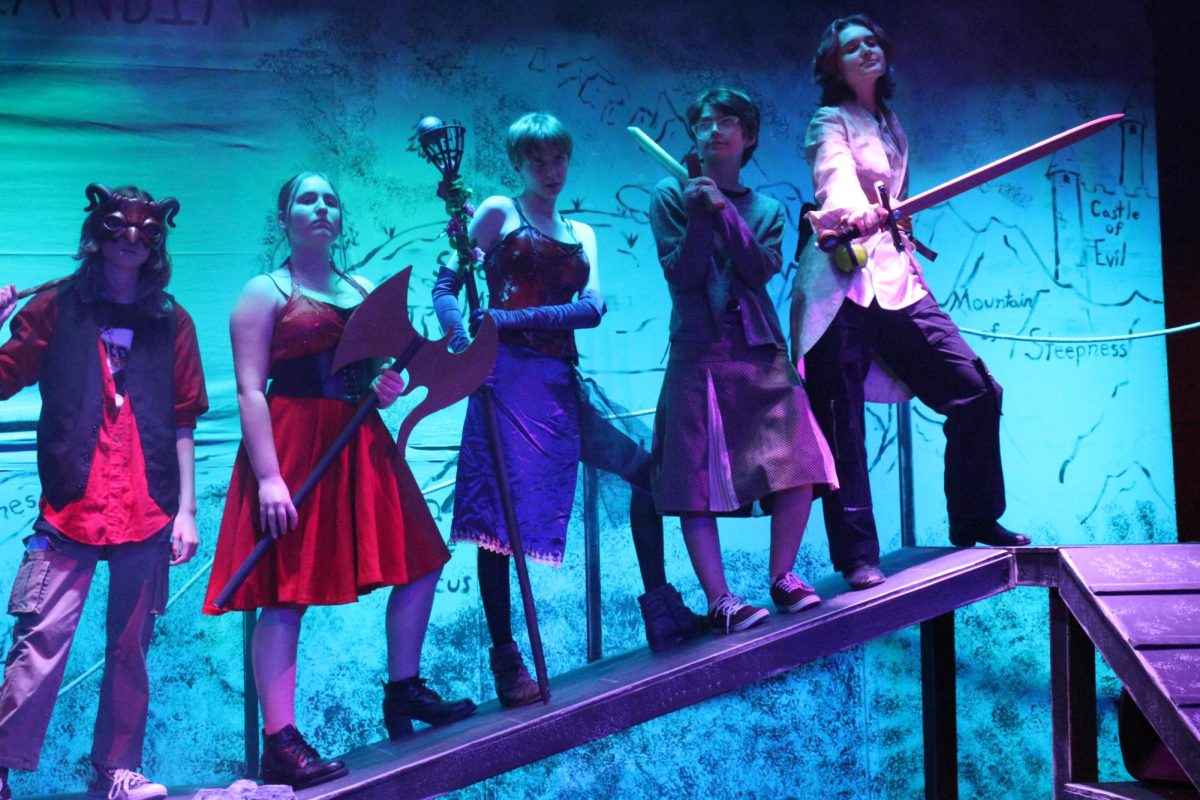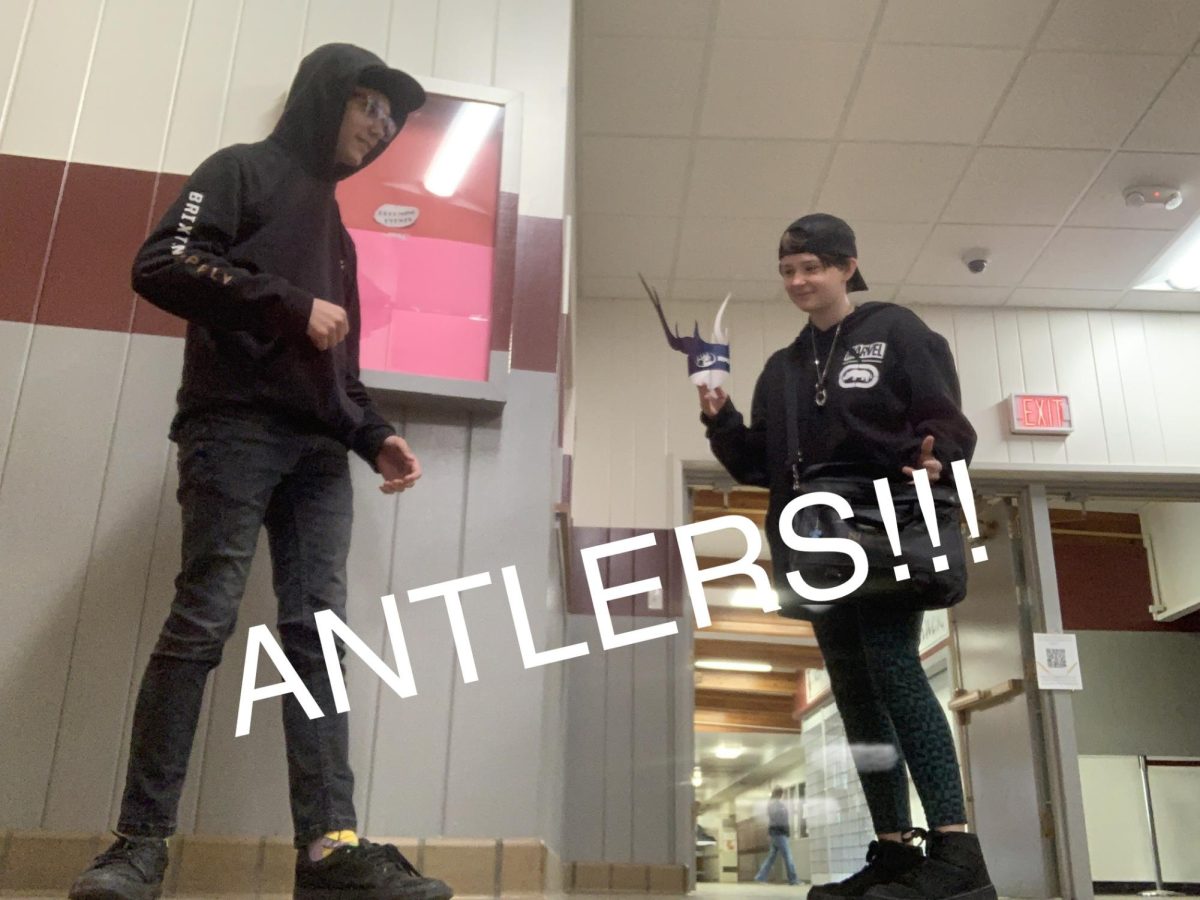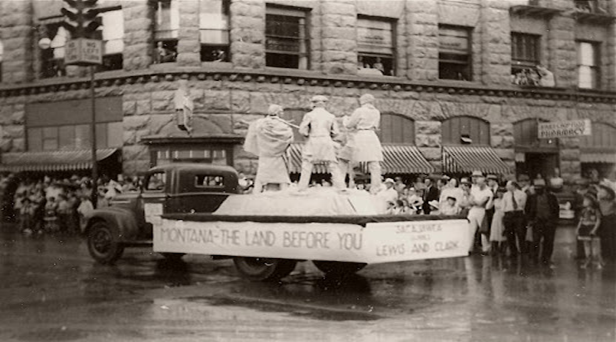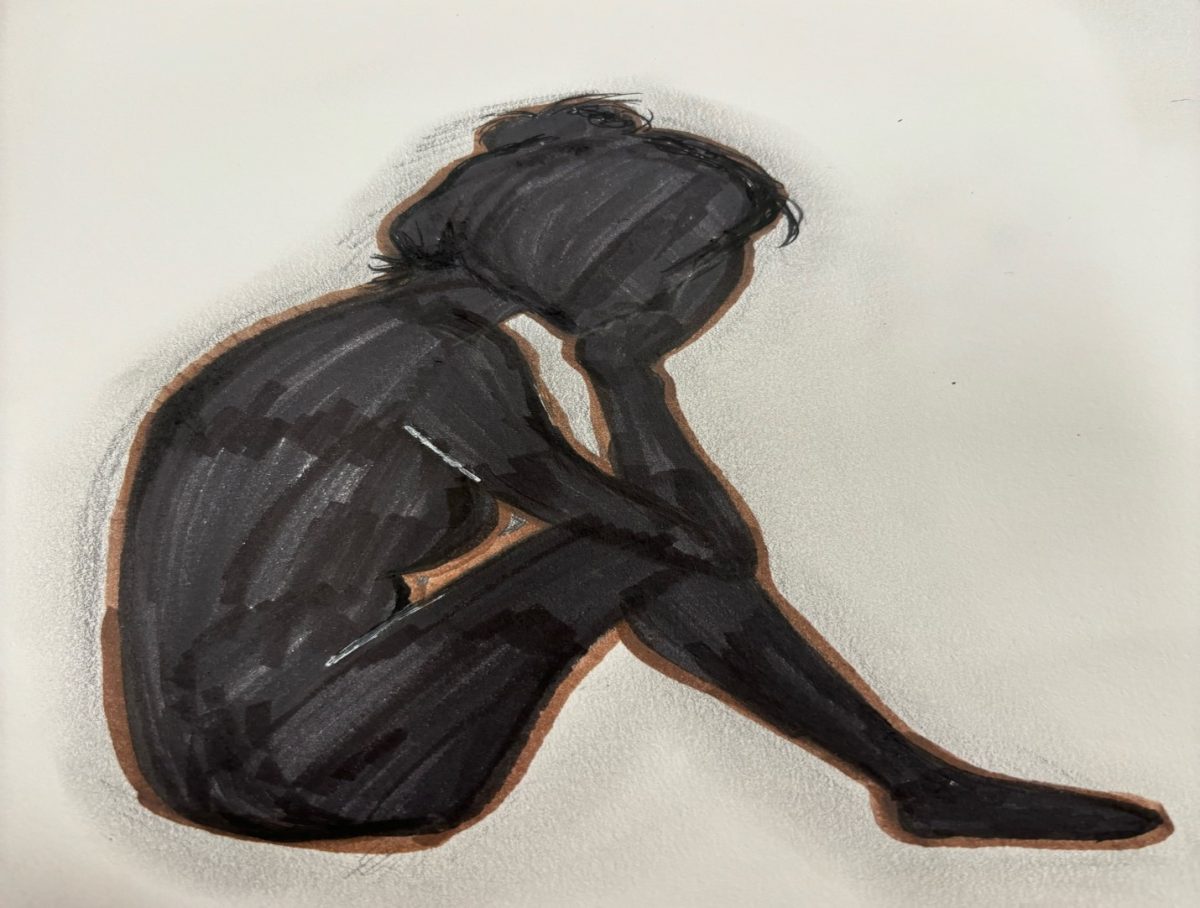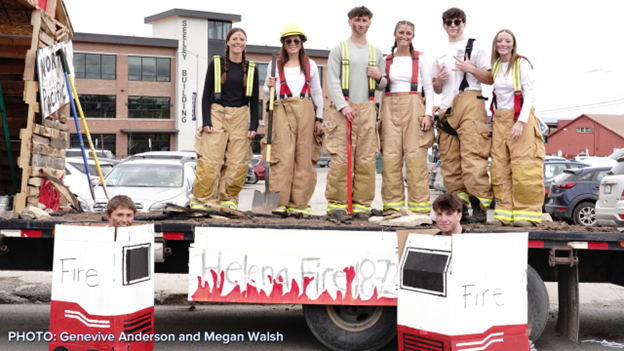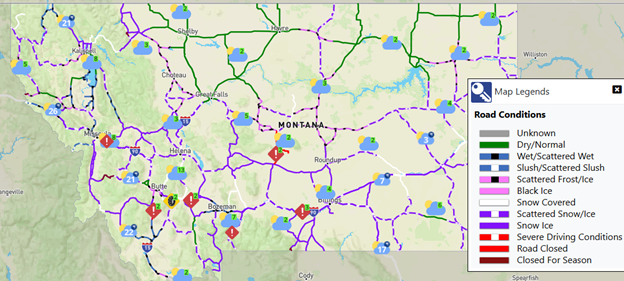As the day of the 100th Vigilante Parade approaches, The Nugget asked the staff at the Montana Historical Society to highlight notable events in Helena’s history. Historian Aaron Rau compiled this list for our Helena High and Capital High students, and for our community.
Sources: Montana History Compass [licensed for non-commercial use only] / Home (pbworks.com)
Helena As She Was – An Open History Resource for Montana’s Capital City (helenahistory.org)
- Helena was incorporated in 1867, three years after the Territory of Montana was itself incorporated (May 26, 1864).
- David D. Carpenter of Helena was the first person in Montana to file for a homestead after the passage of the homestead law on August 1, 1868. The homestead file was on a tract on the outskirts of Helena, part of which later became the property and grounds of the old Lewis and Clark County Hospital. (David Hilger papers, 1867-1935, Small Collection 854)
- The first opera performed in Montana was “Pinafore.” It was performed during the winter of 1879-1880, in Helena, as a charity benefit for public schools and the public library with Laura E. Howey, later Librarian of the State Historical Society.
- The public high school movement began when Helena opened a three-year course in 1876 and graduated its first class of three young ladies in 1879. The single course was called “Collegiate Course,” and was strongly college preparatory.
- Helen Piotopowaka Clarke, 1848-1923, was the first woman elected to public office in Montana. Miss Clarke was elected Lewis and Clark County Superintendent of Schools in 1882, and again in 1884. She was the daughter of an employee of the American Fur Company and a Blackfeet woman. She was educated in the East where she had a brief career as an actress before returning to Montana to become a teacher. (Helena Independent Record, June 15, 1995)
- Helena became the capital of Montana Territory in 1875 and, in 1894, Helena became the capital of the new state of Montana.
- On August 28, 1882, the first electric lights ever seen in Montana were switched on in downtown Helena. It was reported that “Miss Stella Knight, the little daughter of Mayor Knight, president of the company (and mayor of Helena), had the honor of setting free, by the delicate touch of her little hand up the lever of dynamo machine, the mighty electric current which in a moment flashed along the wire and blazed forth in brilliant light from every lamp . . . “ There was enough current for forty lamps in all, and these lit the heart of the business district, the stretch of Last Chance Gulch which is now the south half of the downtown mall. (McCahon, Dennis, Helena Almanac)
- Built in 1888-89 by Montana railroad, real estate, and banking tycoon, Charles Broadwater, the Hotel Broadwater and Natatorium housed, at the time, the world’s largest indoor swimming pool. The architect of the luxurious building, John C. Paulsen, died in 1897 under mysterious circumstances. At the time of his death, Paulsen was embroiled in a corruption scandal as State Architect. While it was officially ruled Paulsen died of a stroke, rumors persisted that he had committed suicide, was murdered by corrupt politicians, or faked his death to “cheat the insurance companies.” (The Butte Miner, Friday, April 16, 1897, Page 1)
- In the spring of 1908, Helena school children held a referendum on which tree best represented the state. The Ponderosa Pine was chosen, but it was not until 1949 that the Legislature agreed.
- The Helena Automobile Club held its first “Good Roads Day” meeting on June 20th, 1916. At the meeting, members were urged to join in the road work requested by Governor Samuel Stewart’s 1915 Good Roads Day proclamation.
The origin of the Vigilante Parade:
Around the turn of the 20th Century, Helena High School had a tradition called “The Senior-Junior Fight.” It was a bloody and destructive springtime affair, the object of which was for the juniors to take down and desecrate a senior-class flag, which seniors would run up a flagpole located between the High School and adjacent Central School. The fighting got so bad that the School Board eventually had the flagpole removed from the grounds. The problem was that seniors in subsequent years simply ran their flag up the pole located atop the High School building, and the fight continued on the roof.
A crackdown came, and all aspects of the event were banned from the school grounds. This had the effect of spreading the conflict all over town, with a further escalation in violence and property damage.
Authorities tried organizing alternative senior-junior competitions over the years, including a baseball game, a tug-of-war, and a wrestling match. These events were seen by students as being too tame and controlled.
There were other unauthorized student activities during those years, including “Sneak Day” in which truancy was widespread, and “Old Clothes Day”, when students would wear ragged clothes stuffed with hay and straw. There was also “Costume Day”, which was held only once, but likely furnished the basic idea for the Vigilante Parade.
In 1924, meetings between students and administrators set into motion a plan for the parade: a grand pageant of historical floats, involving almost every student in a creative competition, and having at its heart the theme of the tough pioneer spirit.
As former (1907-1933) HHS Principal Albert J. Roberts said in a 1939 Helena Independent story about the origins of the parade:
“This parade, so little thought of at the time, and then only as a splendid substitute for several lawless activities, has more than any other Institution distinguished the city of Helena and its high school. From It also thousands of our citizens have obtained a knowledge of the life and customs, of the thrilling story of the early days in the Treasure state.”
- In the early-morning hours of July 16, 1928, flames erupted from 28 N. Main St., the building which housed the Curtis Cafe and the Maverick Pool Hall. The rapidly spreading fire was discovered and reported at 2 a.m. by Johnny Bukowitz, a printer at the Helena Independent newspaper, who happened to be passing the cafe. No sooner had the Helena Fire Department responded to the blaze than a torrential hour-long rainstorm began, hampering firefighting efforts but wetting nearby roofs, preventing an even greater catastrophe. Roomers in the adjacent buildings fled into the streets, where they were soon soaked to the skin by the downpour. The storm brought with it shifting winds, which threatened to carry embers in every direction. Frequent lightning bolts illuminated the surreal scene. In two hours, the fire was completely out of control, and had spread north destroying numerous businesses. It also crossed over to the east side of Main St., damaging several buildings. Firefighters began concentrating their efforts on saving buildings on Sixth Avenue and the east side of Main. Shop owners and other businessmen hurriedly carried goods, equipment, and records from threatened buildings. Explosions were heard when the blaze touched off chemicals stored at the Budd-Fisher Drug Co. Helena’s Western Union lines were severed by the fire. By 6:00 am the fire was brought under control but had destroyed several large commercial buildings housing dozens of businesses. The Granite, Bailey, Gold, and New York Store blocks were reduced to rubble; the Power Block, the A. P. Curtin Block, the Pittsburgh Block, and several other buildings were damaged. The blaze was far beyond the power of the Helena Fire Department to cope with; water pressure was adequate, but too few hoses and too few men could be brought to bear.
- 1935 Helena Earthquakes: During the month of October, Montana’s capital city was rocked by 710 quakes. The biggest jolt of the series that shook Helena rumbled in at 9:47 p.m. October 18 with a Richter Scale magnitude 6.25. It, and a second violent quake on October 31 took four lives. (Earthquakes; Vertical Files)
- Crown Prince Olav and Princess Martha of Norway visited Helena in 1939 and attended the Vigilante Day Parade, footage of their visit is available on the “Helena As She Was” website.
- In 1968, Montana State University honored Barney Old Coyote (1923-2012), a Crow tribal member and WWII veteran, was the first Native American to fly the Atlantic, the first Native American to shoot down German aircraft in combat, and the first Native American to take part in the destruction of an enemy submarine.
- 1989 Helena Train wreck: A square-mile area of Helena was evacuated on the morning of February 2, 1989, after a runaway freight train slammed into a work train causing an explosion that knocked out power to much of Helena, shattered windows a mile away, threw debris for blocks, and raised concerns about toxic gases spreading through the community. It couldn’t have happened on a worse day. The temperature at the time of the accident was about 32 degrees below zero, and the resulting power outage cut heat all over town. (Helena Independent Record February 2, 1989)


